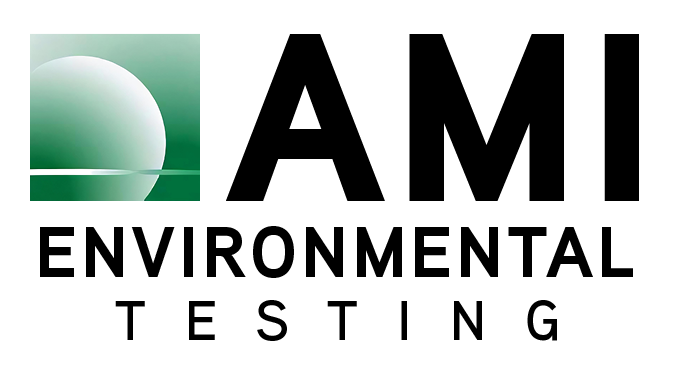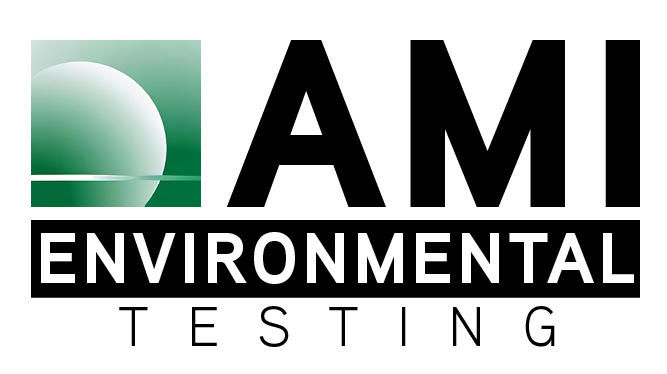Construction sites are often bustling with activity, from demolition to heavy machinery and earthmoving operations. However, the presence of airborne dust, particularly fine particulate matter such as PM10 and PM2.5, poses significant risks to both worker health and the surrounding community. Effective dust monitoring is essential to mitigate these risks, comply with regulatory requirements, and maintain a safe work environment.
Exposure to construction dust can lead to respiratory issues, exacerbate asthma, and contribute to long-term lung diseases. Additionally, construction firms must adhere to environmental regulations that limit particulate emissions to safeguard public health. Regular dust monitoring enables construction companies to ensure that air quality remains within acceptable thresholds, and allows for the implementation of corrective actions when particulate levels exceed established limits.
Environmental consultants aid construction companies in regulation compliance by utilizing field data sources to track dust levels in real-time. They employ advanced tools such as air quality sensors, dust samplers, and weather stations to gather accurate and timely data on particulate emissions. By analyzing this data, environmental consultants can assess the effectiveness of dust control measures—such as water spraying systems and dust barriers—and provide recommendations for enhancing mitigation strategies.
Incorporating robust dust monitoring practices not only helps protect workers and public health but also ensures regulatory compliance, reduces potential legal liabilities, and contributes to the overall success and sustainability of construction projects. Contact AMI Environmental Testing for more information.



